SpaceX, Elon Musk’s company, is aiming for a radical future in which Starship rockets link major cities in a matter of minutes. Soon, you’ll be able to travel from London to New York in just 30 minutes. But how exactly will this game-changing technology work, and what obstacles remain?
Get the latest international news and world events from around the world.

How technology companies are tackling the digital divide
From education to work and leisure, internet access is essential to modern life. Yet, since the first days of the world wide web, this access has been unequal. The US, France and the UK gained a headstart in the 1990s and developing countries have been seeking to catch up ever since.
One region where this process is now complete is the Arabian Peninsula. From relative obscurity in connectivity rankings three decades ago, countries such as the United Arab Emirates (UAE) and Qatar have leapfrogged their Western peers. Look at measures of internet speeds, in fact, and the UAE now leads the world.1 Having delivered internet access at home, e& (etisalat and), the telecommunications giant and leading global technology group headquartered in the UAE, hopes to expand connectivity worldwide.
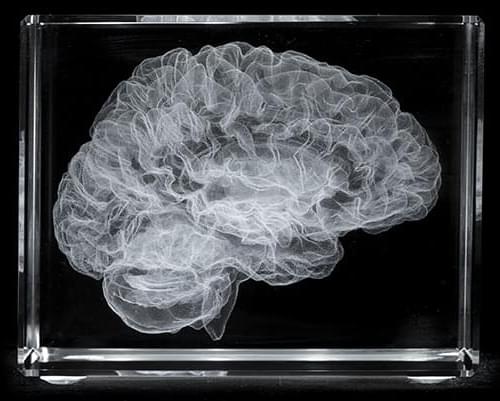
Quantifying Brain Aging in Diabetes Type 2 Patients
Researchers from Johns Hopkins University have recently discovered several prominent biomarkers that allow for the early diagnosis of dementia and/or mild cognitive impairment (MCI). In a recently published article, evidence has been presented that patients with diabetes type 2 exhibited more changes to their brains than healthy controls, including the shrinking of certain brain areas. These changes occurred earlier in life, and some of the patients developed MCI sooner than others.
The Older Controls at Risk for Dementia (BIOCARD) study is a long-term trial which has been conducted for the past 27 years with the goal of determining how medical conditions and other factors might be impacting cognitive function and perhaps even affecting the biological age of the brain as a whole. BIOCARD was originally a National Institutes of Health initiative, which began in 1995 and later continued at Johns Hopkins University from 2015 to 2023. The cohort consisted of 185 participants, with an average age of 55 years and normal cognitive function.
The trial subjects received routine brain scans and cerebrospinal fluid (CSF) tests for 20 years, in order to measure changes in brain structures and levels of proteins associated with Alzheimer’s disease. Scientists have been increasingly using CSF to attempt to uncover early signs of neurodegenerative disease, since it is a minimally-invasive procedure which is inexpensive and widely available.
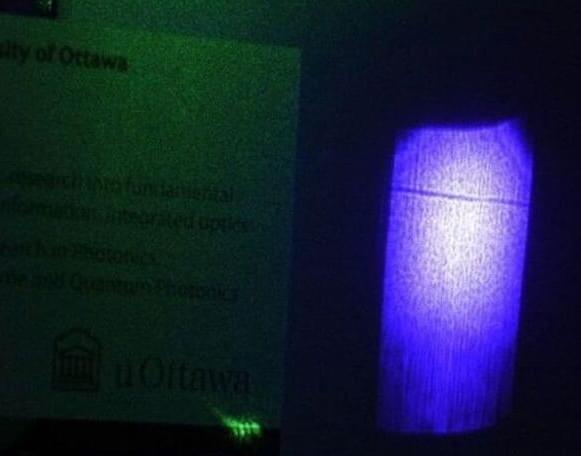
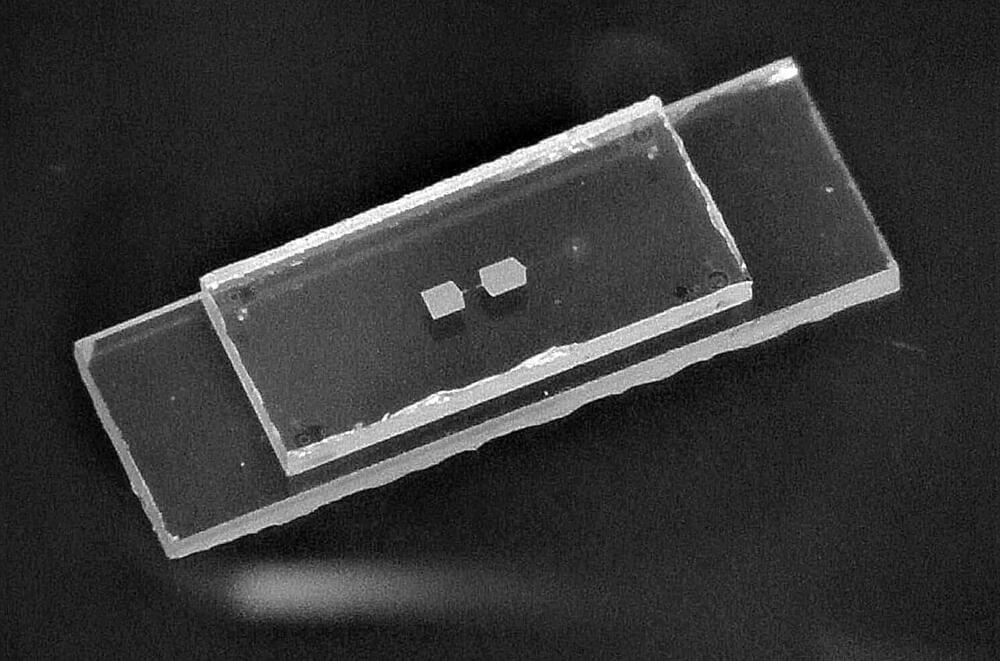

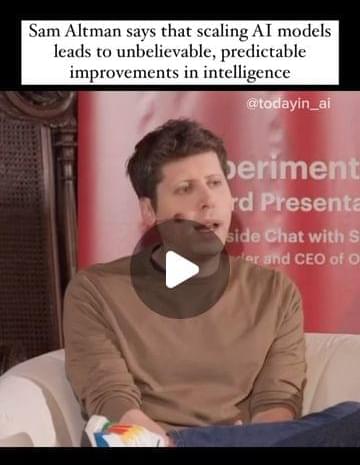
Sam Altman says that the most important piece of knowledge discovered in his lifetime was that scaling AI models leads to unbelievable
Predictable improvements in intelligence. He wondered if he was crazy or in a cult when he tried explaining it to others and they didn’t understand it. — - — 👉 Before you go 👋 If you want to keep up with the latest news on AI startups and how they’re changing the world, join 1000+ subscribers reading our newsletter for FREE! Link in bio. — - — #samaltman #openai #gpt3 #gpt4 #gpt4o #artificialintelligence #scalemodels #scaling #todayinai

Mark Zuckerberg says thatInstagram Reels will now start to automate dubbing with AI
Mark Zuckerberg says thatInstagram Reels will now start to automate dubbing with AI, starting with English and Spanish, and shows a demonstration. — - — 👉 Before you go 👋 If you want to keep up with the latest news on AI startups and how they’re changing the world, join 1000+ subscribers reading our newsletter for FREE! Link in bio. — - — #markzuckerberg #zuck #aidubbing #largelanguagemodels #todayinai
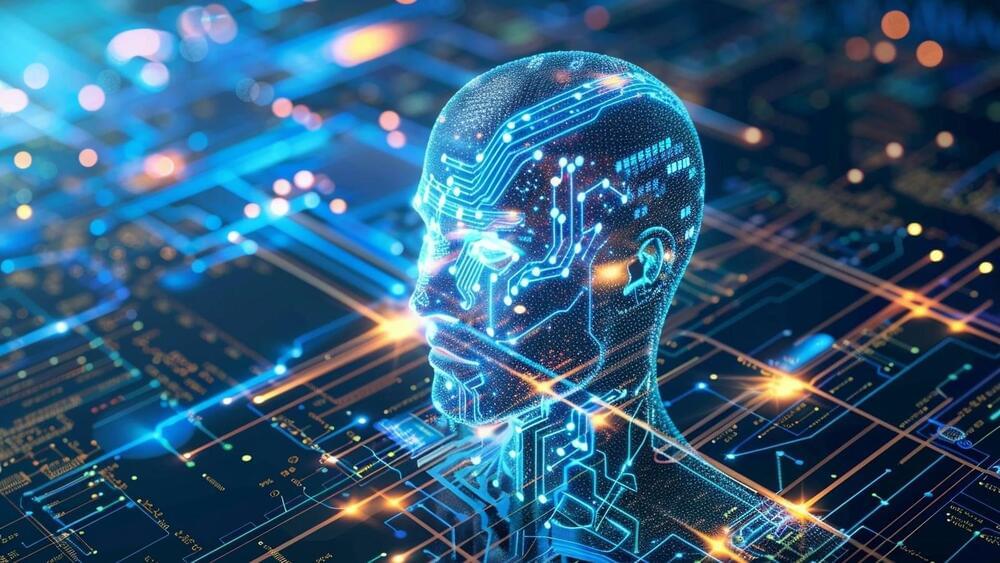
The Third Wave Of AI Is Here: Why Agentic AI Will Transform The Way We Work
The chess pieces of artificial intelligence are being dramatically rearranged. While previous iterations of AI focused on making predictions or generating content, we’re now witnessing the emergence of something far more sophisticated: AI agents that can independently perform complex tasks and make decisions. This third wave of AI, known as ‘agentic AI,’ represents a fundamental shift in how we think about and interact with artificial intelligence in the workplace.
To appreciate where we’re heading, it’s essential to understand where we’ve been. “The first wave was really predictive AI,” explains Silvio Savarese, Executive Vice President and Chief Scientist of Salesforce AI Research. This initial wave enabled businesses to forecast trends and make data-driven decisions. The second wave brought us generative AI, which Savarese describes as the ability to “generate content and allow conversations with humans.” Now, we’re entering the third wave — agentic AI — where AI systems can autonomously execute tasks and interact with other AI agents.
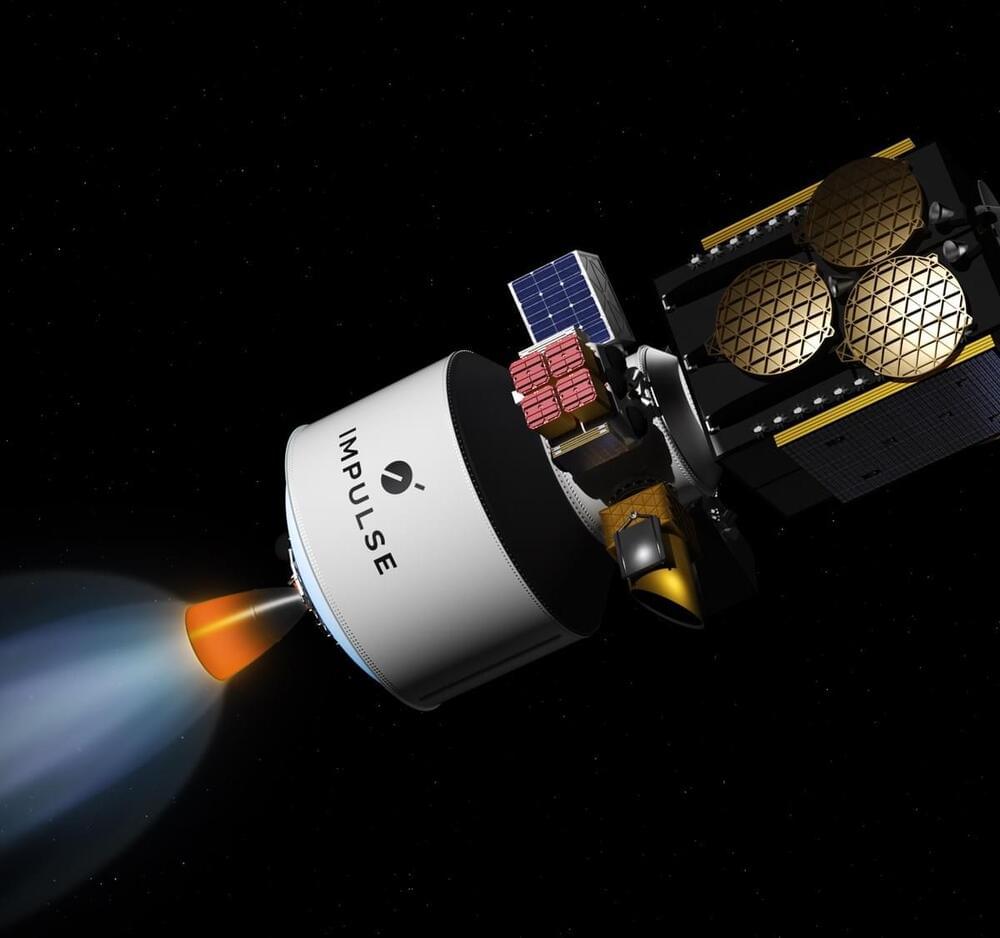
Impulse Space buys three Falcon 9 launches
WASHINGTON — Impulse Space has purchased three Falcon 9 launches for its Helios transfer vehicle for missions starting in 2026, including one for the Space Force.
Impulse Space announced Nov. 14 that it signed a contract with SpaceX for the Falcon 9 launches. Each launch will carry the company’s Helios transfer vehicle, a high-energy kick stage the company introduced in January to transport payloads quickly between orbits.
The first launch, planned for mid-2026, will be the first flight of Helios. The transfer vehicle will transport the company’s smaller Mira vehicle, carrying a commercial optical payload, from low Earth orbit to geostationary transfer orbit on the Victus Surgo mission for the Space Force and Defense Innovation Unit. Impulse Space received a $34.5 million contract for Victus Surgo and another mission, Victus Salo, Oct. 3. Impulse Space said the schedule and payloads for the other two Helios launches will be determined later.